Drug carriers capable of easily crossing the BBB are being explored by a team working across locations in South Korea and the USA.
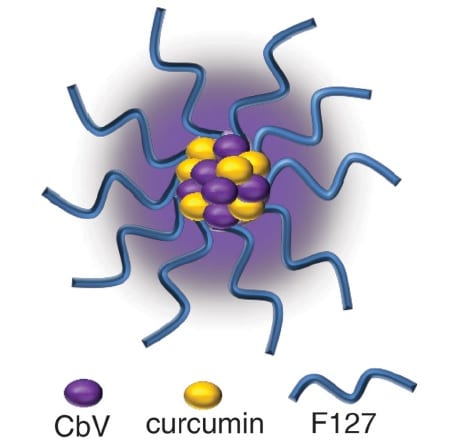

Drug carriers capable of easily crossing the BBB are being explored by a team working across locations in South Korea and the USA.
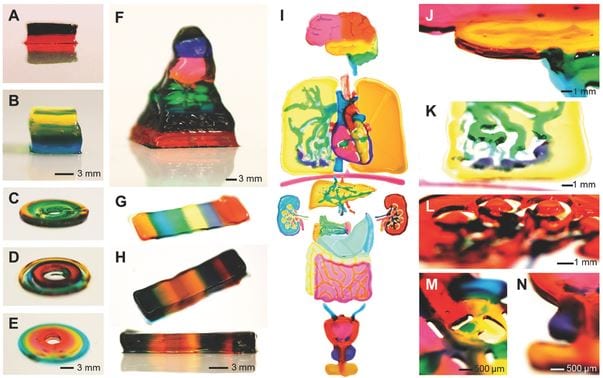
The initial foundation to achieve biomimetic human robots may be here, via a platform for the rapid fabrication of biologically relevant artificial tissues and organs which was recently proposed.
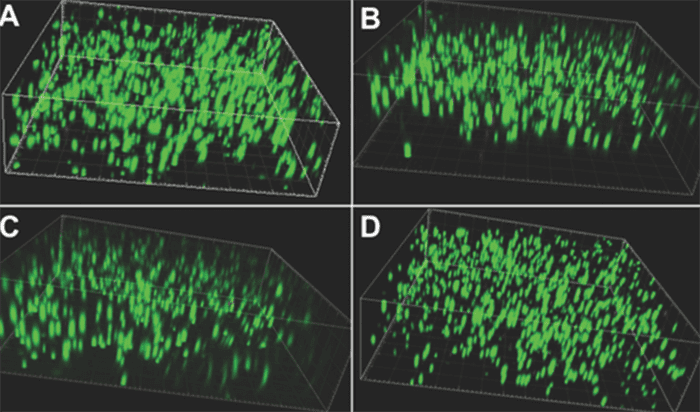
Researchers report the first example of a hydrogel for wound healing with both rapid self-healing ability and high mechanical strength.
A methacrylated hyaluronic acid scaffold with oriented pores perpendicular to the axial direction by an unidirectional freeze-drying method is reported.
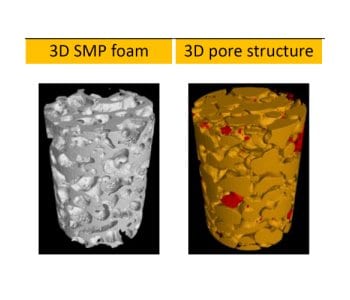
This study expands the potential applications of the SMP foam in tissue engineering.
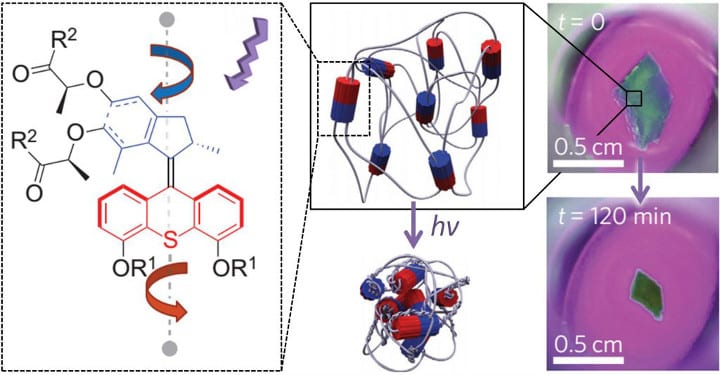
Modern chemical designers are often inspired by Nature as well as by man-made objects – think of the classical analogy between molecular building blocks and LEGO bricks, the lock and key principle, etc. This year’s chemistry Nobel laureates have certainly been inspired by a bit of both.
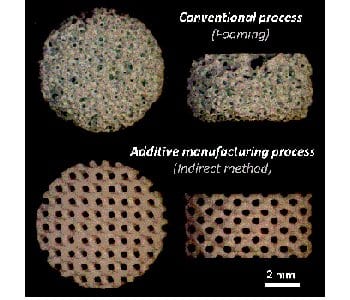
Researchers optimized then evaluated the reliability and robustness of a bioceramic manufacturing process based on the impregnation of 3D-printed mold.
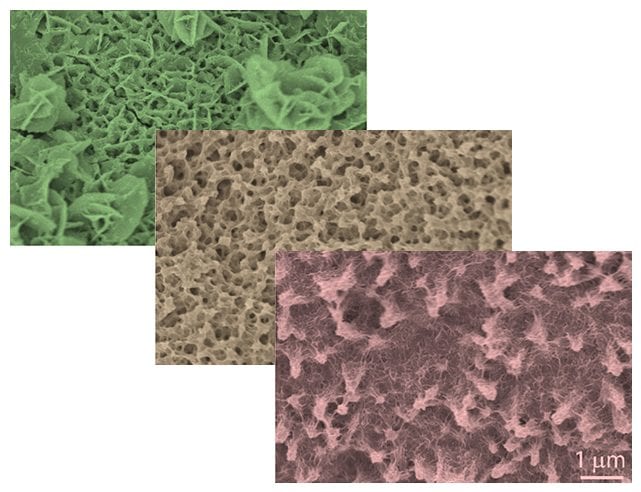
Researchers from Singapore have grown nanoporous nickel sulfide on nickel foam to generate promising electrodes for supercapacitors.
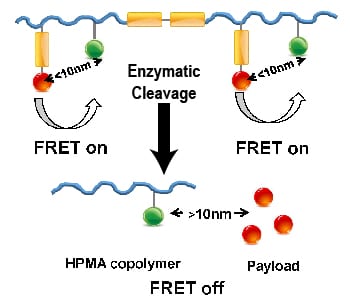
A new generation of enzyme-responsive HPMA copolymer-drug conjugates employing a enzyme-sensitive oligopeptide linker was developed. Fluorescence resonance energy transfer (FRET) was applied to investigate the enzyme-responsive performance in both cells and animals.
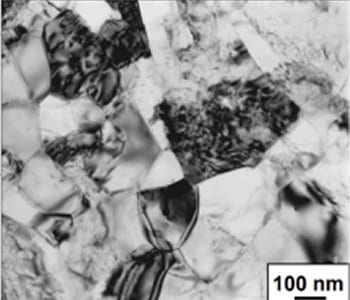
Equal Channel Angular Pressing is applied to commercial purity titanium to increase its ability to resist failure due to cyclic loads.